When it comes to precision engineering, the details matter. Carbide rods, known for their exceptional hardness and durability, play a pivotal role in industries ranging from aerospace to automotive manufacturing. In this guide, we’ll dive deep into carbide rod dimensions, their raw materials, composition, applications, production processes, and much more.
Understanding Carbide Rod Dimensions
Carbide rods come in a variety of sizes and shapes tailored to specific industrial applications. Let’s break down their dimensions in an easy-to-digest format.
Key Types and Dimensions of Carbide Rods
| Type | Diameter Range (mm) | Length Range (mm) | Shape | Special Features |
|---|---|---|---|---|
| Solid Carbide Rods | 0.5 – 50 | 50 – 330 | Straight | High wear resistance |
| Coolant Hole Rods | 1.0 – 45 | 50 – 310 | Straight/Helical | Internal coolant channels |
| Single Hole Rods | 3.0 – 40 | 50 – 300 | Straight | Optimized cooling efficiency |
| Double Hole Rods | 3.0 – 40 | 50 – 300 | Straight | Dual coolant capabilities |
| Ground Carbide Rods | 0.5 – 50 | 50 – 330 | Straight | Precision grinding |
| Unground Carbide Rods | 1.0 – 50 | 50 – 330 | Straight | Versatility for machining |
| Custom Carbide Rods | Varies | Varies | As specified | Tailored to specific needs |
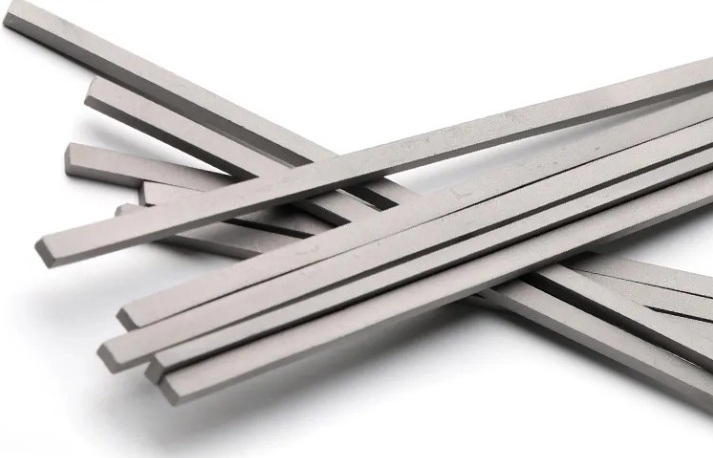
Raw Materials and Composition Analysis
What makes carbide rods so effective? The secret lies in their composition.
Tungsten carbide, the primary component, is fused with cobalt to create a compound that’s incredibly hard yet relatively tough. Here’s a closer look:
| Raw Material | Percentage | Function |
|---|---|---|
| Tungsten Carbide (WC) | 70-97% | Provides hardness and wear resistance |
| Cobalt (Co) | 3-30% | Acts as a binder for toughness |
| Other Additives | <1% | Enhances specific properties |
This mix is sintered at high temperatures to produce a dense, robust material that outperforms traditional steel in many scenarios.
Applications of Carbide Rod Dimensions
Carbide rods are versatile and find use in various industries:
| Industry | Application | Carbide Rod Type |
|---|---|---|
| Aerospace | Drilling components, engine parts | Coolant Hole Rods |
| Automotive | Precision cutting tools | Solid and Ground Carbide Rods |
| Tool Manufacturing | End mills, drills, reamers | Single and Double Hole Rods |
| Electronics | Micro-machining tools | Custom Carbide Rods |
| Mining | Rock drilling tools | Unground Carbide Rods |
Production Process Flow
Ever wonder how carbide rods are made? Here’s the step-by-step process:
- Mixing and Milling: Tungsten carbide and cobalt powders are blended to achieve the desired composition.
- Pressing: The powder mixture is pressed into rod-shaped molds.
- Sintering: These pre-formed rods are heated in a sintering furnace, bonding the particles together.
- Grinding: For precision rods, grinding ensures uniformity and tight tolerances.
- Inspection: Each rod undergoes rigorous quality checks to meet specifications.

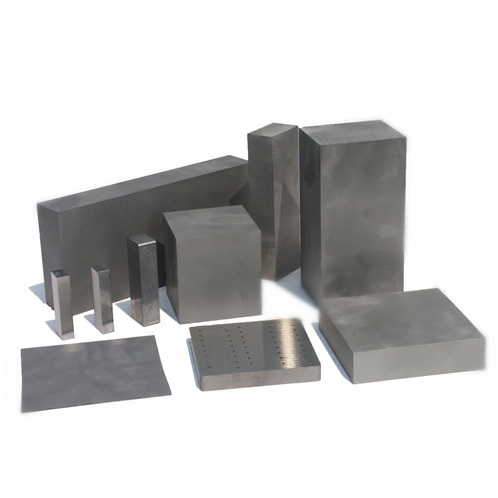

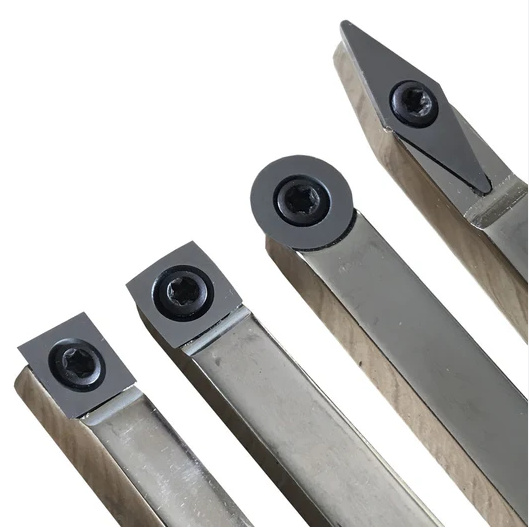
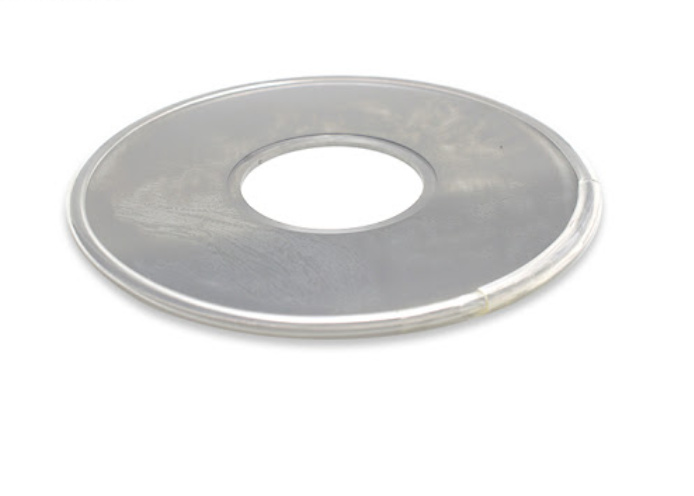
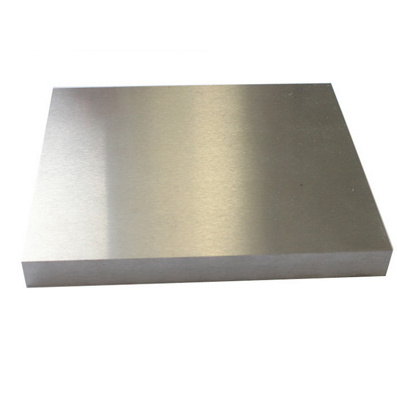
Material Properties of Carbide Rods
The properties of carbide rods vary depending on their composition. Below is a general overview:
| Property | Value Range |
|---|---|
| Density | 14.5 – 15.5 g/cm³ |
| Hardness (HRA) | 89 – 93 |
| Transverse Rupture Strength | 2500 – 3500 MPa |
| Thermal Conductivity | 75 – 100 W/mK |
Composition, Properties, and Characteristics
| Composition (%) | Hardness (HRA) | Toughness | Wear Resistance |
|---|---|---|---|
| WC: 90, Co: 10 | 91.5 | Moderate | High |
| WC: 85, Co: 15 | 90.0 | High | Moderate |
| WC: 95, Co: 5 | 93.0 | Low | Very High |
Hardness, Strength, and Wear Resistance
| Grade | Hardness (HRA) | Strength (MPa) | Wear Resistance |
|---|---|---|---|
| Grade A | 92.5 | 3200 | Excellent |
| Grade B | 90.5 | 3000 | Good |
| Grade C | 89.0 | 2800 | Moderate |
Specifications, Sizes, Shapes, and Standards
| Specification | Details |
|---|---|
| Diameter | 0.5 mm to 50 mm |
| Length | Up to 330 mm |
| Shape | Straight, Helical, Custom |
| Standards | ISO 9001, DIN, ASTM |
Choosing Carbide Rod Suppliers and Pricing Details
| Criterion | Details |
|---|---|
| Certification | ISO-certified suppliers |
| Reputation | Positive customer reviews |
| Pricing | $50 – $500 per rod (based on size) |
| Lead Time | Typically 2-4 weeks |
How to Select Carbide Rod Dimensions
| Parameter | Consideration |
|---|---|
| Application | Drilling, cutting, or machining? |
| Material | What material is being machined? |
| Coolant Requirements | Single or double coolant holes? |
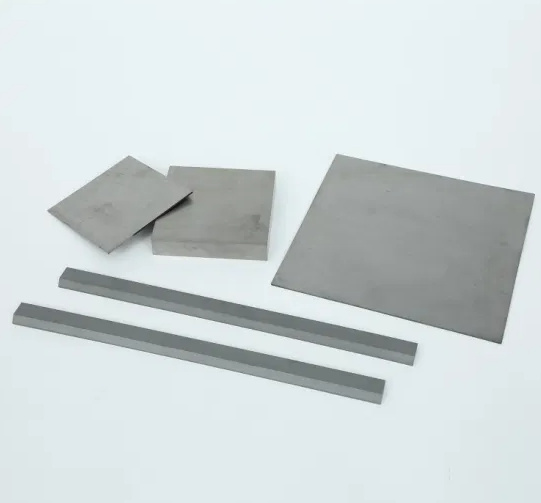
Advantages and Limitations
| Aspect | Advantages | Limitations |
|---|---|---|
| Durability | Long-lasting | High initial cost |
| Precision | Tight tolerances | Requires specialized tools |
| Versatility | Wide range of applications | Limited by material hardness |
FAQ
| Question | Answer |
|---|---|
| What are the typical uses of carbide rods? | Used in cutting tools, drills, and machining applications. |
| How do I choose the right size? | Base it on your application and machining needs. |
| Are carbide rods expensive? | They range from affordable to expensive depending on specs. |
| Do all carbide rods have coolant holes? | No, only specific types like coolant hole rods. |


